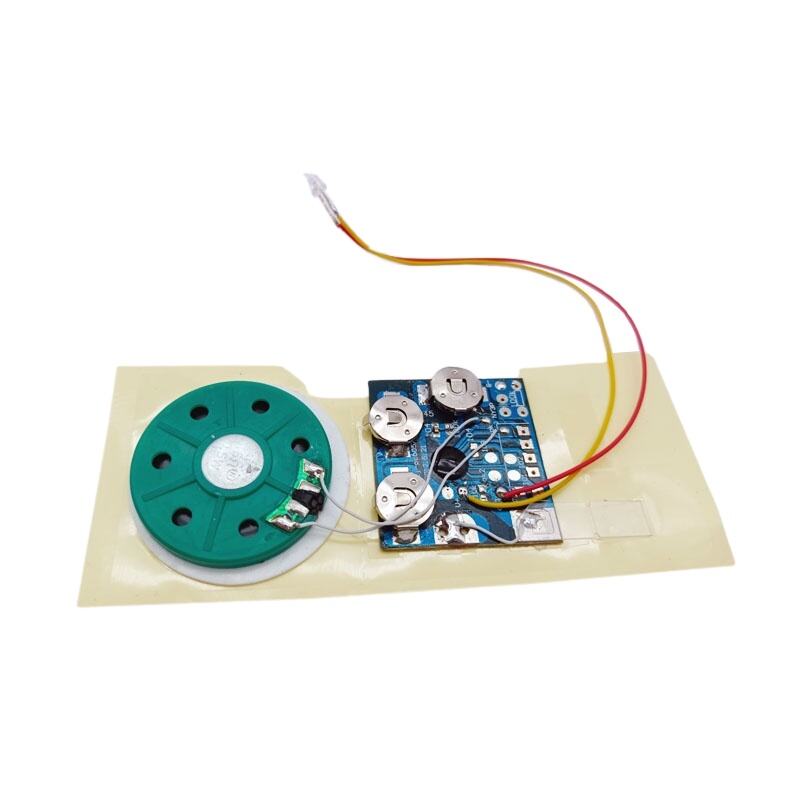Sound modules have become a necessary part of various electronic devices. These small, multi-use parts enable products to include sound capabilities that enhance user interface and make devices audible.
Let us now investigate the world of sound modules and see how they can be used, their technical specifications as well as future possibilities.
User Experience enhancement
Sound modules are used in many products for generating alarms, playing music, recording sounds and others. Such additions to toys or games as well as home appliances or automotive systems provide children with an immersive auditory experience.
Technical Specifications and features
Regularly, sound modules comprise such basic components as microcontrollers, memory chips (ROM/RAM), speakers (voice coils) and peripheral circuits. They are usually designed for storing pre-recorded audio data like WAV or MP3 files which will then be played later on. Some advanced ones even support MIDI files so you can make complex musical pieces.
These devices can be programmed to produce different sounds or voice prompts based on specific triggers or user inputs. In them are embedded buttons switches sensors that when triggered produce different sounds or adjust the volume accordingly.
Cross-Industry Applications
Sound modules find applications in diverse industries. For example, stuffed animals may come alive through having built-in sound modules that provide real animal voices or emit children’s songs from speakers; hence adding flavor during interactive play by providing background music and other sound effects while playing them.Such things like reading storybooks through interactive storytelling using audio instructions are transforming educational toys into sound module provided books.
In cars industry dashboards are integrated with navigation systems where turn-by-turn directions could be given using sound models for safety both precautionary and entertainment purposes. These give back information by means of sounds making driving safer without disturbing the driver’s attention.
Sound Modules also have widespread application in consumer electronics generally found around homes including home appliances , smart gadgets among others . They serve as auditory indicators, notifications, and voice control functions .
Future Possibilities and Innovations
The sound modules are most likely expected to keep on developing with the rapid technological advancements. We should anticipate better sound quality, larger storage capacity, and even smaller size. In addition, voice recognition systems, cloud-based services can be integrated with IoT devices where these sound modules are used to enable personalized connected audio experiences.
Additionally, advancements in artificial intelligence (AI) and machine learning (ML) can enable sound modules to intelligently adjust based on surrounding environmental conditions and user preferences.
Sound Modules as Audio Enablers in Diverse Electronic Systems
They have a wide range of applications and can be customized for different purposes making them useful in many industries. This means there will be new developments that will redefine our relationship with sound module as well as other related products.
